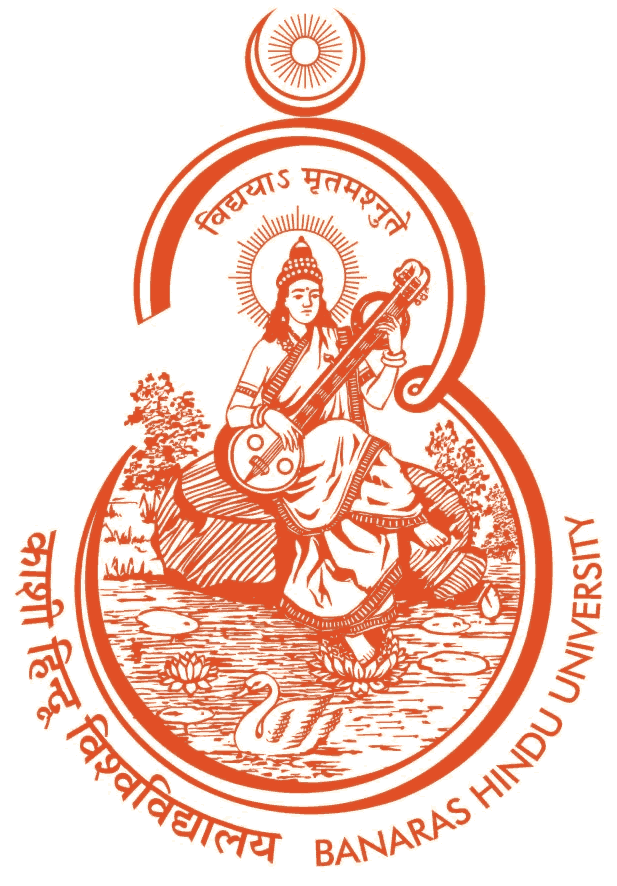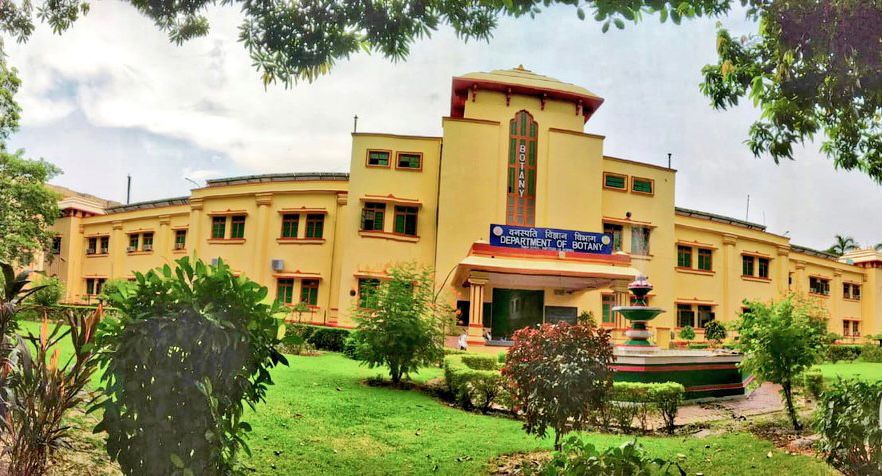THE SCHOOL OF ALGAE
THE SCHOOL OF ALGAE
In 1933, Y. Bharadwaja laid the foundation for the School of Phycology at Banaras Hindu University (BHU) with his pioneering work on freshwater algae. He isolated a new chaetophoralean chlorophyte species, Draparnaldiopsis sp. nov., and named it Draparnaldiopsis indica. The plant-like morphology of this alga was so striking that its photograph was featured as the frontispiece of F.E. Fritsch’s seminal book, The Structure and Reproduction of the Algae, Volume I (1935), published by Cambridge University Press. This discovery marked the beginning of an era of rigorous algal research at BHU. The legacy of Bharadwaja was carried forward by Prof. R.N. Singh, his student at BHU, who worked between 1942 and 1945 to elucidate the reproduction of Draparnaldiopsis indica. Prof. Singh further extended his studies to the cytology and life cycle of another chaetophoralean alga, Fritschiella tuberosa Iyengar, originally discovered by M.O.P. Iyengar in 1933 at the University of Madras. While classical taxonomy and cytology dominated R.N. Singh’s early work, his scientific trajectory shifted towards cyanobacteria (blue-green algae) in the 1940s, focusing on their role in nitrogen fixation in paddy-field soils. This research led to his groundbreaking publication, "Reclamation of Usar Lands in India with Blue-Green Algae," in Nature (1950), followed by his monumental monograph, "Role of Blue-Green Algae in the Nitrogen Economy of Indian Agriculture," published by the Indian Council of Agricultural Research (ICAR), New Delhi, in 1961. His later work expanded into the genetics of cyanobacteria and cyanophages (cyanobacterial viruses), further shaping the post-independence research landscape in India.


